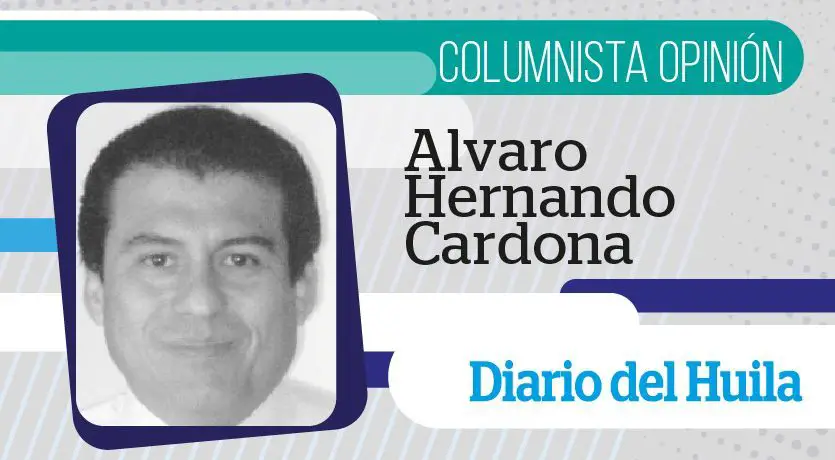Alvaro Hernando Cardona Gonzalez
We discussed it in this column a few years ago. Under Law 2037 of 2020, municipalities and provinces are obliged to: 1. Make an inventory of the public space of a territorial entity, which means identifying and indexing the assets that make it up. 2. Organizing this stock in an alphanumeric system and mapping it (which of course means locating it in urban or rural areas and indicating it geographically). 3 – It also made it necessary to identify the needs of public space, giving priority to “the requirements of children, adolescents, women, the elderly and persons with disabilities” (in other words, all public spaces necessary for citizenship).
It was also very positive that this was forced into force during the two years following the entry into force of this law in the Republic of Colombia.
Be very careful: this law amended Law 388 of 1997 on Land Use, the mislabeled Land Use Law. In this regard, it states that this regulation “aims to complement economic and social planning with the regional dimension; Rationalizing interventions in the territory and directing their development and sustainable use “; relates to the regional environment.
We highlight at the time that the law authorizes the national government to regulate the implementation of the general inventory of public places; to obtain, restore and utilize more space; and to ensure the integrated sustainability of public spaces, including their maintenance and upkeep. Hence, we made a respectful recommendation to the mayors of Huila, Caqueta and Putumayo in particular, not to postpone the inventory procedure. Those two years have been really little to identify, locate, identify, and georeference the assets for public spaces. But be careful, if these activities are not carried out today, they violate the regulations as they have already been done because since the Civil Code of 1873 (in force) these assets have been underestimated and if you omit to include the assets that have that category (even if it is legally occupied or illegally) they will also do it today, joining the financial liability for the material damage caused.
We reaffirm that for the natural environment and sustainable development, public space is very important. It is the environment of the urban areas, and it is the guarantee that the rural regional parts will not be affected. Public space is health, it is the quality of life, it is modernity, it is a healthy and protected environment, it is an increase in the cultural and social value of the land, it is the protection of the financial legacy, it is ultimately the protection of the basic rights, a healthy environment and the economic development of Colombian citizens.





